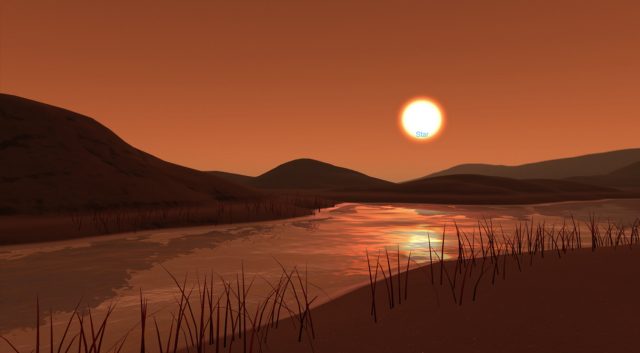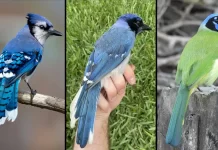NASA has been paying a lot of attention to the VR and AR space. The space agency is looking to harness these technologies as a way to let consumers engage with space exploration more and more often. In a recent venture, the agency now lets consumers explore exoplanets in VR.
The Exoplanet Travel Bureau is not technically a real thing inside NASA. It’s part of the Exoplanet Exploration Program, managed by NASA’s astrophysics division and the Jet Propulsion Laboratory. It’s just a fun way to promote the agency’s exoplanet projects like Kepler and TESS. You’ve probably seen the retro-style travel posters for exoplanets cooked up by the Exoplanet Travel Bureau.
The new VR experience is an extension of those posters that allow you to visit the virtual surface of three exoplanets. You have your choice between Trappist-1e, Kepler-6b, and Kepler-186f. Yes, none of them have very interesting names, but we don’t know much about them other than where they are and that they might be habitable.
Trappist-1e is part of the now-famous Trappist-1 system, which has seven Earth-like planets. Astronomers think two or three of them could be within the habitable zone of the star, including Trappist-1e. This planet is just a little smaller than Earth, and its surface temperatures should allow for liquid water. If you look up in the sky, you can see several other planets in the Trappist-1 system, which are all clustered in close to the star.
Kepler-16b is interesting because you’re not actually on the planet. Your view is from a moon orbiting Kepler-16b, which is a Saturn-sized gas giant. From the moon, you can see the planet and the system’s binary stars. Because there are two of them, you would have two shadows.
Lastly, there’s Kepler-186f. This exoplanet was the first discovered with a similar radius to Earth’s. It’s smack in the middle of the habitable zone, too. This demo is particularly fun because you can toggle on an atmosphere, which is entirely hypothetical.
You can view any of these demos on your computer. Just click and drag to take a look around. If you have a smartphone, look for the VR headset button down at the bottom of the screen. You’ll need a Google Cardboard or a similar viewer. Drop the phone in, and you’ll be able to turn your head to look around the scene. It’s the next best thing to making the trip out there, and it’s not like that’ll be an option any time soon.















